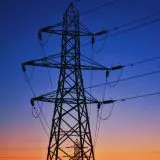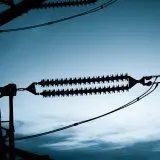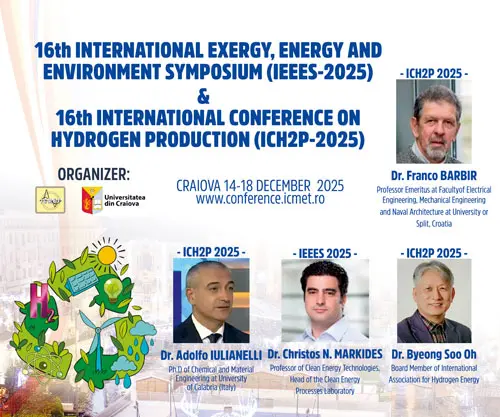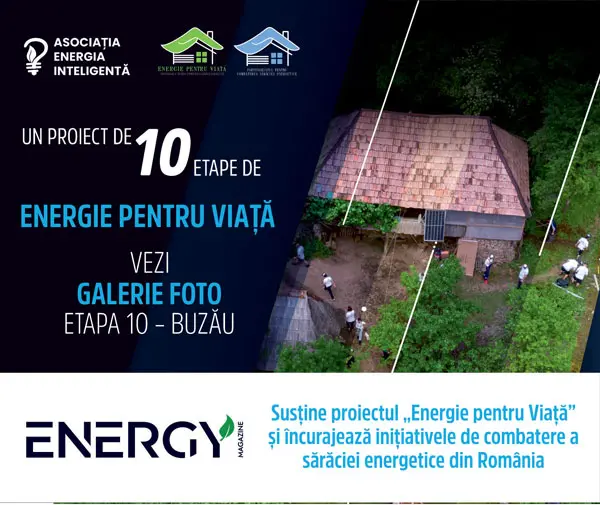By Energy PhD Olivian Savin, Executive Director, Future Energy Leaders Romania
A resilient and secure energy system is fundamental to any modern economy. In Romania, as in the rest of Europe, balancing supply and demand in real time is crucial to maintaining grid stability. This is achieved through system services, which ensure frequency stability at 50 Hz and provide flexibility in energy supply. Both power generation and consumption can play an active role in balancing the system, offering new market opportunities.
A crucial player in the development of balancing services is the energy aggregator. An aggregator is a platform that groups together multiple distributed energy resources – including small-scale renewable energy producers, storage units, and flexible consumers – and manages them collectively to provide grid services. By pooling these smaller units, the aggregator can participate in electricity markets and provide flexibility to the grid, much like a traditional power plant. Aggregators enable energy producers and consumers to access revenue opportunities in energy and ancillary services markets, which would otherwise be challenging for individual participants.
As renewable energy sources gain prominence, ensuring grid stability requires innovative solutions. Flexible power generation, such as gas and biogas turbines, hydroelectric plants, and battery storage systems, plays a crucial role in adjusting output to meet demand. Virtual Power Plants (VPPs) aggregate distributed energy resources to function as a single power unit, improving grid reliability. Demand Side Response (DSR) is another key approach, allowing consumers to adjust their electricity usage in response to price signals or grid needs. Additionally, energy storage systems like batteries and pumped hydro storage help absorb excess power and release it when required. Smart grids and digitalization further enhance grid management by enabling real-time monitoring and AI-driven optimization.
One of the most promising developments in Romania is the implementation of Virtual Power Plants. A VPP is a digitally connected network of decentralized energy producers, which can operate together as a single power source. While still in its early stages, Romania has projects exploring this concept. By integrating renewable energy and storage, VPPs have the potential to provide essential grid balancing services, reducing the reliance on traditional power plants and making the energy system more resilient.
Another important aspect of system services is Demand Side Response, which allows industrial, commercial to adjust their electricity consumption based on grid needs. This concept is still not widely adopted in Romania, but awareness is growing. If properly incentivized, DSR can significantly contribute to grid stability while offering cost-saving opportunities for participating consumers.
Other key balancing mechanisms include fast frequency response (FCR), where energy storage systems or flexible generators can instantly inject power into the grid to maintain stability. Additionally, congestion management optimizes energy flows to prevent overloads in specific parts of the grid. In Romania, there is no regulation or technical norms regarding these aspects. Reserve markets play an important role, ensuring that power plants are on standby to be activated when needed.
The balancing services market in Romania is still developing, with limited participation from non-traditional players. However, the increasing integration of renewable energy sources is driving demand for flexible solutions, paving the way for new business models. Balancing services benefit grid operators by enhancing system stability and resilience, while energy producers can access new revenue streams by participating in flexibility markets. Consumers, particularly large industrial users, can achieve cost savings by adjusting their energy consumption in response to market signals. Moreover, investors have an opportunity to engage in emerging sectors such as smart grid technologies, energy storage, and digital solutions.
Despite the potential, several barriers remain. Regulatory hurdles, including complex market rules and limited support for new business models, have slowed progress. Additionally, many potential participants remain unaware of the financial benefits of engaging in system services, and infrastructure limitations mean that significant upgrades are needed to accommodate a more flexible and decentralized energy system. However, there are also major opportunities on the horizon. With Romania’s growing renewable energy capacity, the need for balancing services will only increase, creating a thriving market for those who can offer innovative solutions.
The European balancing services market is expected to grow significantly in the coming years, driven by the transition to renewable energy and the expansion of energy storage solutions. Romania, with its increasing share of wind and solar power, is well-positioned to benefit from this trend. Forecasts suggest that Romania’s flexibility market will grow in the next years.
Balancing services are essential for the future of Romania’s energy system. While the market is still in its early stages, opportunities for investors and stakeholders are rapidly emerging. With the right regulatory framework and technological advancements, Romania can become an important player in energy flexibility, ensuring a stable and resilient power grid.
About the author
Olivian Savin holds a PhD in Energy Engineering, graduated as valedictorian of the hydropower engineering department of the Faculty of Power Engineering at University Politehnica of Bucharest. He worked at the largest energy producer in Europe, Électricité de France (EDF), where he finished a 3-year industrial PhD thesis. With a keen understanding of the evolving energy landscape and the intricate web of the industry, Olivian Savin is working now as a Technical Manager at Nano Energies Romania providing flexibility services for producers and consumers of energy. Prior to this, he was senior regulatory specialist, energy advisor and board member for energy startups.
Since high school, Olivian has volunteered in and led youth in NGOs, and now he is the Executive Director of Future Energy Leaders Romania, part of the World Energy Council, leading the young generation to excellence.
Olivian Savin, the Romanian recognized among the global energy elite, has been selected for the World Energy Council’s Global FEL network and appointed as a Young Energy Ambassador by the European Commission.
***
EDITOR’S NOTE:
The editorial was published in the latest issue of Energy Magazine, available at newsstands nationwide (e.g., Inmedio, Relay). Issue No. 6 is a special English-language edition dedicated to the second edition of ENERGY EXPO®, which will take place from May 22-24, 2025, at Hala Laminor in Bucharest. The event will bring together representatives from over 30 countries in the energy sector and related industries under one roof.
The 2025 edition also marks the launch of two innovative initiatives:
CleanTech Hackathon 2025 – The first hackathon in Southeast Europe exclusively dedicated to innovation in clean technologies for the energy sector, organized by Techcelerator in strategic partnership with the Romanian Ministry of Energy.
#LOOPChallenge – A creative pilot project for middle school students in Bucharest, where they will artistically reinterpret the Endless Column using recyclable materials, guided by their teachers. This initiative promotes the principles of the circular economy and sustainability. The grand prize includes the installation of a solar panel system and energy storage solutions at the winning team’s school.
For more information, visit: energyexpo.ro





